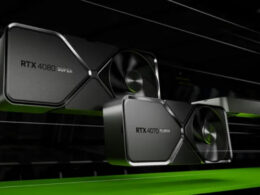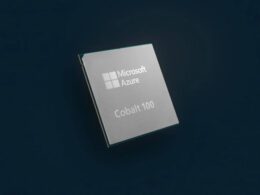Contrary to circulating online speculation, Samsung Electronics’ 12-stack HBM3E memory has reportedly failed to meet the performance requirements of Nvidia. This information is based on insider sources quoted by Reuters. Despite its photo display at the March GTC 2024 conference, Samsung’s HBM3E memory has allegedly shown unsatisfactory power consumption and heat emission levels, falling short of Nvidia’s requirements.
Samsung’s 8 and 12-stack HBM3E memory samples, along with the more mature HBM3 technology, allegedly failed in the certification tests during April due to their high power consumption and heat emissions. These characteristics have been consistent stumbling blocks in Samsung’s attempts to pass Nvidia’s tests since last year. In a bid to outpace its main competitor, SK hynix, Samsung is expected to begin distributing 12-stack HBM3E microchips to customers by the end of next month. However, with Micron Technology already announcing its supply of HBM3E chips to Nvidia this year, Samsung, the world’s largest memory manufacturer, still falls short in supplying HBM3 and HBM3E technologies for Nvidia’s needs.
Speculation has intensified about recent leadership changes within Samsung’s semiconductor manufacturing division, with some suggesting it is a result of the company’s ongoing challenges in meeting Nvidia’s requirements. Although Samsung began commercial production of the first generation HBM memory in 2015, it remains unable to outperform pioneering competitor SK hynix, which completed its HBM memory development two years earlier.
According to the Financial Times, SK hynix’s quality control chief, Kwon Jae-soon, has highlighted the company’s focus on increasing the production of the 8-stack HBM3E memory due to high customer demand. The company has managed to increase its rate of acceptable HBM3E products to a respectable 80%, and has reduced the manufacturing cycle by 50%. Its emphasis on quality control has led to increased profitability, setting up a solid foundation for future growth. SK hynix, in cooperation with TSMC, is planning to launch its HBM4 memory in 2025, a year ahead of Samsung, and appears unworried by its competitor’s plans to roll out 12-stack HBM3E supplies by mid-year.





